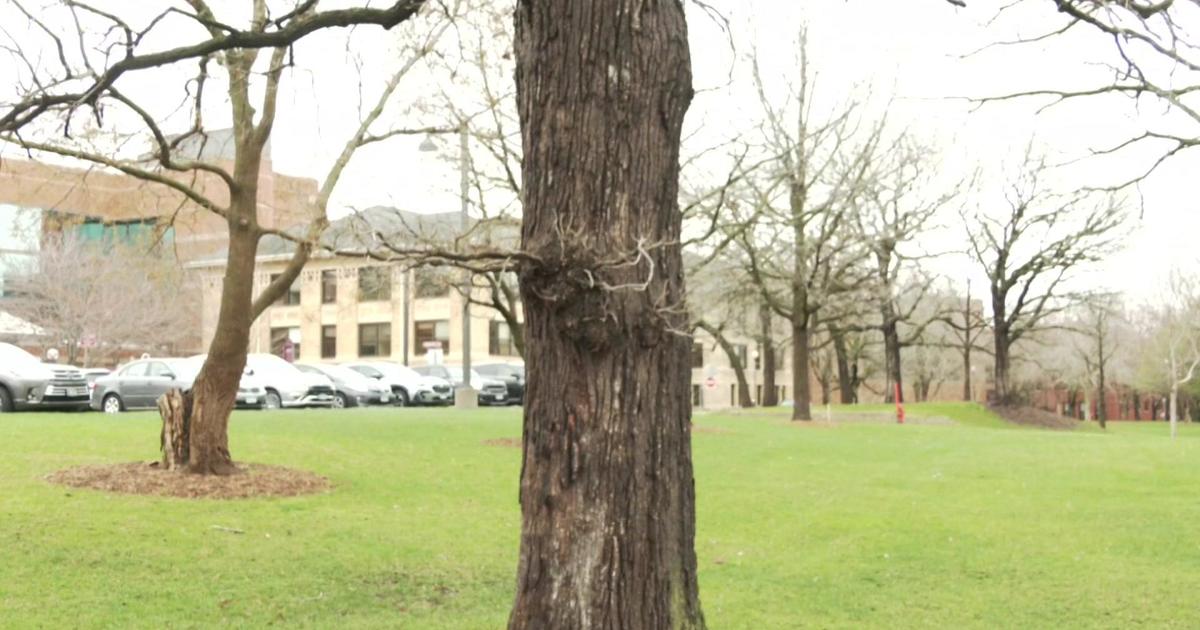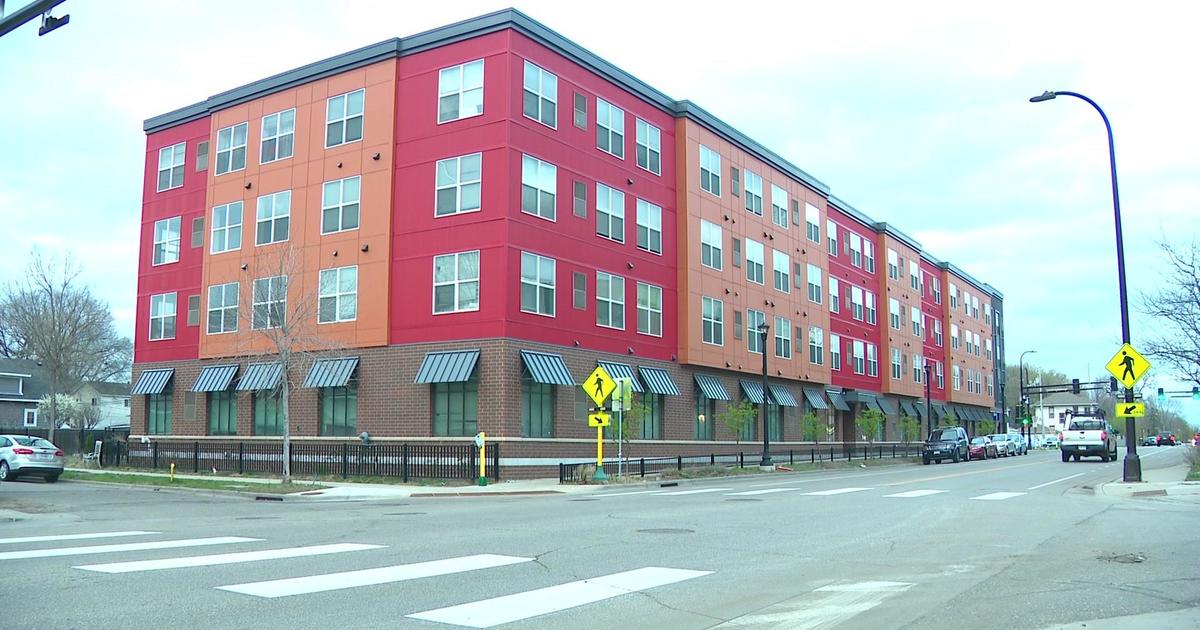Red River Valley Flood Risk Recedes Even Lower
MINNEAPOLIS (AP) — The risk of significant flooding in the Red River Valley is down from recent years and even lower than last month's forecast due to the lack of snow, forecasters said Thursday — bolstering hopes the region may be spared a fourth consecutive battle this spring.
The flood risks are also low across the rest of North Dakota and Minnesota, the National Weather Service said.
No more than a few inches of snow cover the ground across the Red River basin in eastern North Dakota and northwestern Minnesota, said Weather Service meteorologist Jim Kaiser in Grand Forks, N.D. More importantly, he said, the snow contains less than a half-inch of water and much of that moisture should soak into the dry topsoil as it melts.
"Since we've had below-normal precipitation from before freeze-up through this winter, our risk of significant flooding is quite a bit less than it's been for the last three or four years," Kaiser said.
The updated flood outlook released Thursday said that while the risk on the Red River and its Minnesota and North Dakota tributaries has receded from December's forecast, and there's little chance of major flooding, the chance of minor flooding is greater than 50 percent at Fargo-Moorhead on the Red River and at Dilworth on the Buffalo River in Minnesota. There's also a fair chance — over 33 percent — of minor flooding on the Red at Grand Forks.
But Kaiser said that the impact on the public from what forecasters consider minor flooding is minimal. At this point, nothing suggests there'll be a need for sandbagging, he said.
The town of Olso faces a fair chance of moderate flooding on the Minnesota side of the Red River. Other communities facing a fair chance of minor flooding include Sabin and Hawley on the Buffalo River in Minnesota and Abercrombie on the western Wild Rice River in North Dakota. All other forecast points in the Red River basin face less than a 33 percent chance of reaching flood stage this spring.
While Kaiser cautioned that the flood forecast could change if the region gets significant snow or rainfall before spring, no significant precipitation is expected in the next two weeks. He said the cold Arctic air has remained north of the region and precipitation has been falling on Alaska and the southern states instead.
Several other factors could come into play later in the winter and early spring, the forecast showed, including the melting speed of the snowpack and the height of river levels when the thaw begins.
Kaiser also said it's too early to start worrying if the dry weather will cause major problems for agriculture this year, because most planting doesn't normally start until May. The main concern is the potential impact of a deep cold snap on the winter wheat crop, which was planted last fall, because of the dry soils and lack of an insulating snow blanket, he said.
Most of Minnesota is in a moderate to severe drought, much of the eastern Dakotas are in a moderate drought and the rest of North Dakota and most of South Dakota are rated abnormally dry, according to the U.S. Drought Monitor. But Kaiser said that status could quickly change if the area receives significant precipitation.
The next updates for the Red River basin are scheduled for Feb. 16 and March 1.
Elsewhere across the Upper Midwest, the Weather Service said the risk of flooding in the Missouri and James River basins in North Dakota is near normal. The Souris River Basin in north-central North Dakota also has a low risk of any flooding and no chance of major flooding at Minot, where the river reached record levels and swamped more than 4,000 homes and businesses last year.
The Weather Service also said there's only a slim chance that Devils Lake in northeastern North Dakota will reach a record level this summer. Devils Lake has quadrupled in size because of nearly two decades of wet weather, but it has fallen about a foot from last summer's record level.
The risk is also very low on the Minnesota, Mississippi and St. Croix Rivers in Minnesota and on the Chippewa River in western Wisconsin. The Weather Service said the chances of reaching flood stage are rated at near-normal — meaning low — on the Minnesota at Mankato, on the Mississippi at Anoka and Minneapolis and the St. Croix at Stillwater. They're more than 20 percent below normal at Montevideo and Granite Falls, which are often vulnerable to flooding on the upper Minnesota, and more than 40 percent below normal downstream at New Ulm, and at Savage where flooding in some years causes headaches for commuters in the far southwest Minneapolis suburbs.
(© Copyright 2012 The Associated Press. All Rights Reserved. This material may not be published, broadcast, rewritten or redistributed.)



